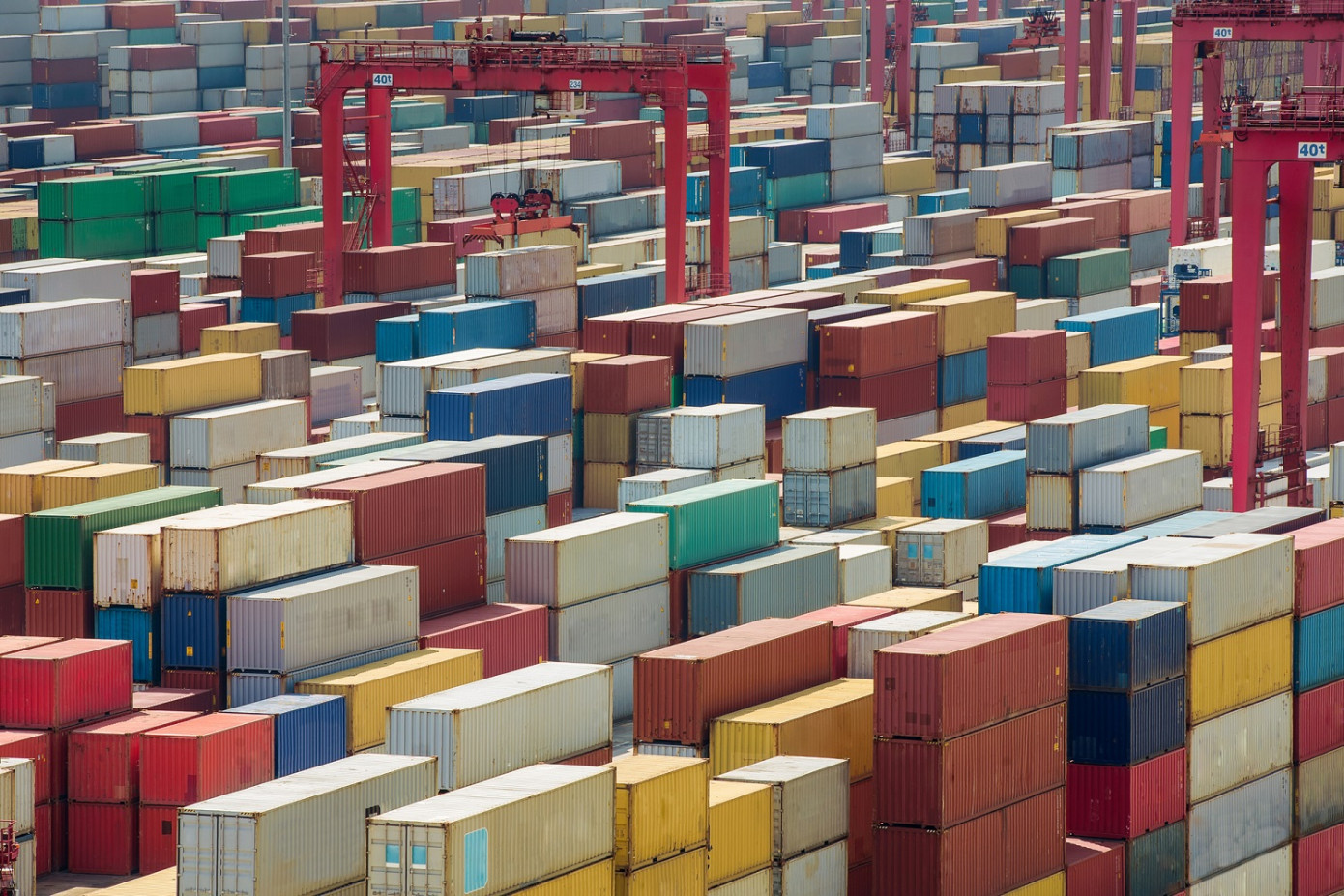After two very profitable years for the shipping lines, the market is shifting into a post-pandemic normality. While Q4 2022 gave a first glimpse into what this might look like, Q1 2023 was the first quarter where the carriers’ operating profits took a real hit, according to Sea Intelligence.
This continued into Q2 2023, with the combined EBIT dropping by -90% Y/Y to a little over $3 billion. Further to that, both ZIM and Wan Hai once again recorded an operating loss. While ZIM has had profitability issues in past Q2’s, this was a first for Wan Hai in 2012-2023.
Bild: Sea Intelligence
Figure 1 shows the EBIT/TEU of the shipping lines that publish both their EBIT and their global transported volumes. None of these shipping lines were able to sustain their EBIT/TEU figures in 2023, with the largest Q2 2023 EBIT/TEU recorded by OOCL of 305 USD/TEU.
In contrast, the smallest EBIT/TEU in Q22022 was 1,377 USD/TEU. Maersk (207 USD/TEU), Hapag-Lloyd (298 USD/TEU), and ONE (137 USD/TEU) all recorded EBIT/TEU within a much narrower range of 130-300 USD/TEU. In all of this, ZIM recorded a negative EBIT/TEU of -195 USD/TEU. Basically, they lost 195 USD for every TEU that they moved in Q2 2023.
A large reason for the decline in profitability is the decrease in the freight rates, which dropped by -48% to -67% across the shipping lines that publish these figures. Another reason is the decline in transported volumes. What is surprising however, is that ZIM, one of the only two shipping lines to record an EBIT loss, grew their volumes 0.5% globally, and by roughly 13% on both Transpacific and Asia-Europe.
